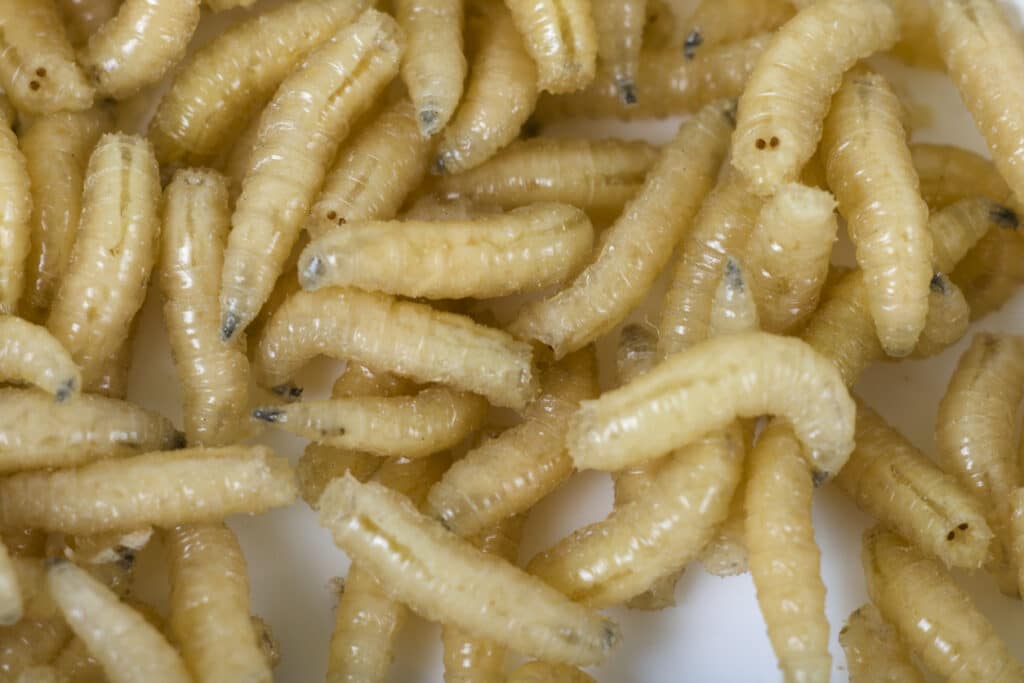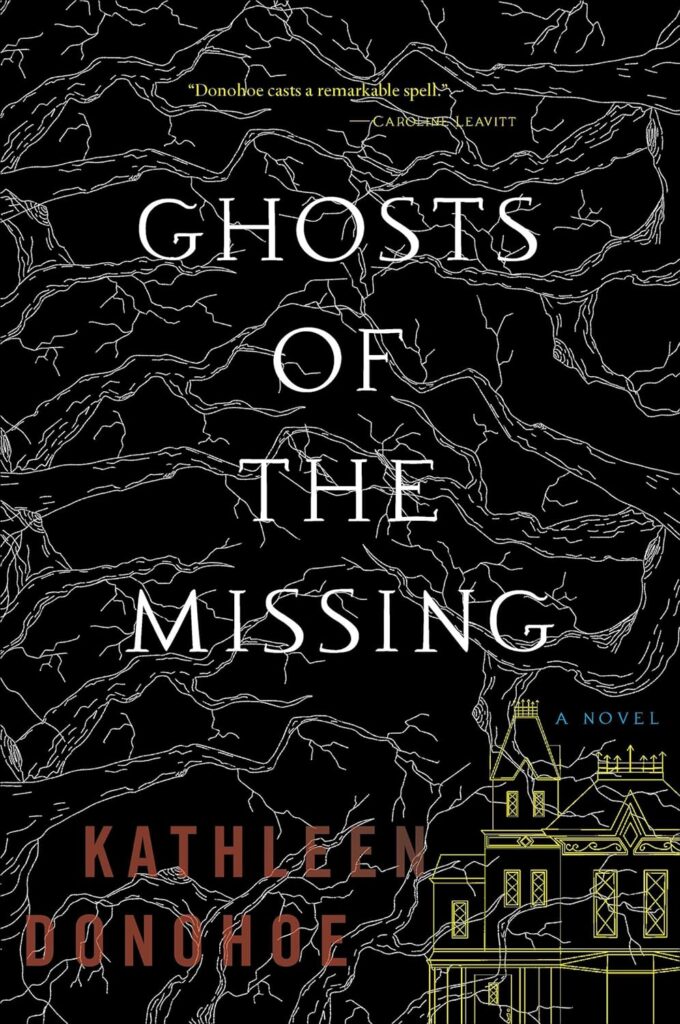Maggots: A Treatment of Hemophilia?
I’ve been doing a lot of gardening this spring, and have come across helpful and lowly creatures like snails, earthworms and spiders.
This got me thinking of other helpful creatures, like… maggots.
I detest flies with all my heart. But I realize that maggots—the larva form of flies—have had many uses to both animals and humans. They break down carrion; they eat dead flesh from wounds when there is no other treatment. And they have been used historically to treat complications from hemophilia.
Excerpted from our national archivist, Richard Atwood, from North Carolina:
In 1937, Frederick J. Pohle MD and Stephen Maddock MD at the Thorndike Memorial Laboratory and Harvard Medical School in Boston, Massachusetts reported on the treatment of an infected wound with maggot therapy in a severe case of hemophilia. I.G. was a single, nineteen-year-old, 150-pound, Jewish youth who was first diagnosed as being a “bleeder” at age six when a small cut on the buccal mucous membranes bled for twelve days. The symptoms of easy bruising were followed by frequent hemarthroses in his knees, ankles, and elbows. There was no family history of hemophilia.

Earlier in 1932, an attempt to forcefully correct a bent left knee resulted in a severe hemorrhage that was controlled with three blood transfusions. Then a hemorrhage developed in the left calf muscles, the posterior skin broke down, and the extensive infected wound did not completely heal for one year even with constant care by the physicians.
I.G. had recurrent hemorrhages into both knees and had not walked for the previous five months. On January 18, 1937, I.G. was admitted to the hospital with the chief complaint of “swollen knees.” There was moderate effusion in both knee joints and restricted motion due to pain. An x-ray examination revealed chronic degenerative arthritis. With the patient confined to bed, the knees were treated with radiant heat and active and passive exercises. After a spontaneous hemorrhage into the right calf muscles on February 4, the leg was elevated, immobilized, and packed with ice. Then two transfusions totaling 500 cc. of whole citrated blood during the following 44 hours stopped the bleeding and opiates relieved the pain. The lower right leg was swollen to three times its normal size. After several large blisters containing brown fluid developed on the posterior side of the right leg, a sterile dressing was applied daily. The blisters ruptured on the twelfth day discharging large amounts of blood-tinged liquid. The calf developed a deep denuded area measuring 6 by 15 cm. and the back of the knee developed a lesion that refused to heal due to pressure necrosis and low-grade infection. The right knee, with a 25 degree flexion deformity, was treated with baking and massage, and the drop right foot was treated with electrical stimulation.
At five weeks after hemorrhage the infected wounds were not healing. There was a daily fever between 100° and 102° F. Maggots—yes, maggots— were then placed in the infected wounds with additional maggots added daily as necessary. The dressings were changed daily. One week later, the patient’s temperature dropped to normal and much of the old blood clot and necrotic material had been removed by the maggots. The wound measured 4.5 cm. in depth and exposed the gastrocnemius muscle. Maggot therapy continued for four weeks entirely clearing up the infection and rapidly healing the wound. A clean granulating area of 1 by 5 cm. remained that was treated with an application of warm boric acid packs and was healed in two weeks. There was no evidence of bleeding during maggot therapy. After three months of therapy, the wound was healed. I.G. became ambulatory and was discharged on May 8, 1937.
In 1963, C.B. Kerr MB at the University of Sydney, Australia, reported a case with R.D., a 32-year-old with mild factor IX deficiency. A rotary mower injured his right big toe. R.D. had bleeding from at least six lacerations and had a severe staph infection. Even with wound cleansing, local hemostatics, adequate plasma for 72 hours and appropriate antibiotic therapy, control of the hemorrhage and infection required 14 days in the hospital. After another 14 days, amputation was considered necessary. Then during a hot weekend, several maggots developed within the dressing and thoroughly cleaned the wound. Healing was complete in ten days.
Maggots helped clean wounds in people with hemophilia. The abominable fly was proven to have a place in helping those with injuries, hemophilia or not, and an important role in medicine.
References:
Kerr CB. 1963 The Management of Haemophilia. Glebe, New South Wales, Australia. Australasian Medical Publishing Company Limited.
Pohle FJ and S Maddock. 1937 Maggot therapy in an infected wound in hemophilia. Journal of the American. Medical Association 109:2055-6, December 18.







